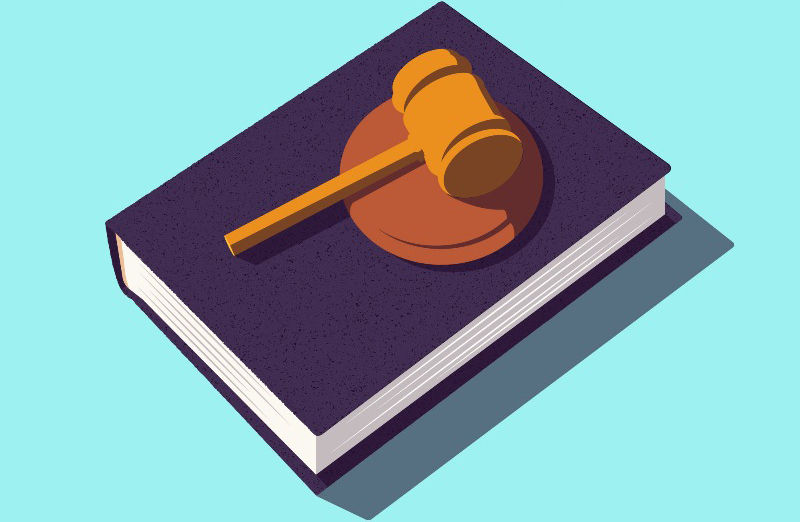This is a real danger, given our longer life expectancies and the fact that the huge baby boomer cohort is now moving into retirement. It’s anyone’s guess what costs associated with aging – such as medical care and fees for long-term-care facilities – will be like 20 years from now. Or even 10.Preparation, years in advance of retirement, is key, according to Mark Probyn, Investors Group’s director of product utilization and planning in Winnipeg. “Set up a robust financial planning process for your clients with reasonable targets for how much needs to be accumulated and a reasonable accumulation rate,” he said. “This should determine the date of retirement. And they should have a savings plan in place.”
Many people underestimate the money they’ll need in retirement, added Lynne Triffon, vice-president at fee-only T.E. Wealth in Vancouver. “Many of my clients say, ‘I’ll slow down and not spend much money, just like my parents. But baby boomers are very different from their Depression-era parents, who were frugal by nature. Boomers don’t blink an eye about spending several hundred dollars on a dinner out. And it’s unrealistic to think that they can live large, spending money on travel and entertainment, for the first 10 years of retirement, and then reduce that lifestyle and still be happy. Although if they live large, the reality is they may indeed have to live on less than thought they would.”
Allow for inflation
Mr. Probyn believes advisors have to get a realistic handle on what the client will spend money in retirement. He noted that some expenses, such as automobiles, travel, spectator entertainment and long-term care, are more subject to inflation than other expenses. “There are four buckets you should allocate the client’s expenses to: essential expenses with high inflation, essential expenses with low inflation, discretionary expenses with high inflation and discretionary expenses with low inflation,” he said. Hopefully, when the client realizes that his taste for travel and Broadway musicals will become more expensive in coming years, he’ll see the need to cut back on this kind of spending.
Mr. Probyn suggested calculating the client’s annual retirement income from pensions and government benefits such as the Canada Pension Plan and Old Age Security, and then deducting annual expenses. “The gap between the two,” he said, “will determine the withdrawal rate on the investment portfolio.”
And then make allowances for inflation, he added. “If the client’s draw rate is 5%, he may actually only be able to withdraw 3% because of inflation.”
Ms. Triffon factors inflation of 3% into clients’ financial plans and forecasts a 6% rate of return, in order to get a real rate of return of 3%. “When clients first retire, they can often meet their needs on their pensions,” she said, “but if these are non-indexed pensions, they may not meet their needs 15 years down the road. And people often don’t take into account large purchases they’ll have to make such as vehicles, home renovations, grandchildren’s tuition and weddings. Suddenly, the amount they have to live on each year becomes considerably less.”
She does a realistic forecast of the client’s retirement expenses and runs long-term projections to ensure that inflation is taken into account. “I typically run projections out to a minimum age of 90, and sometimes to 95 and 100, depending on family longevity and the client’s risk tolerance.”
As the client approaches retirement, she added, it may be necessary to make lifestyle changes in order to get more investible assets together. “The client may consider downsizing the home or creating a rental suite in the basement for extra income.”
The biggest unknown is health care and long-term care, she said. “There is no easy answer to this, other than being conservative in your assumptions. The principal residence is often considered to be the emergency fund for these expenses, but while some people may be sitting on $1-million assets in Vancouver, that won’t be the case in some smaller communities across Canada. And if one partner needs care and the other doesn’t, that couple will need a home and a LTC facility.”
Long-term-care insurance is often suggested as a way of funding future care expenses. “You typically buy a policy that will provide $200 worth of care a day,” Ms. Triffon noted. “But what will $200 buy in 15 years? You can also buy a policy that is indexed to inflation, but indexing generally only starts when you start collecting benefits. So that $200 of care a day that you’ll get in 15 years will only start rising 3% a year in year 16.”
The investment portfolio
The investments in the portfolio will depend upon the individual client. “Some clients want flexibility, while others want certainty,” Mr. Probyn said. “An annuity will provide a fixed amount of cash flow every month, but if the client should need more money to cover expenses down the road, it won’t be there with an annuity. Mutual funds will offer the most flexibility but they won’t guarantee a fixed amount of income.”
Ms. Triffon likes to see a sizable amount of equities in her clients’ portfolios as a hedge against inflation. “For most people this is anywhere from 40% or 60% in the early years, and it could hold for the greater part of the retirement period.”
In the past, a general rule of thumb was that the client’s exposure to equities should be in direct relation to his age, noted Howard Kabot, vice president, financial planning at RBC Wealth Management in Toronto. “So when the client was in her early 40s, her exposure to equities may have been 60% and 40% fixed income. As she grew older, the numbers began to flip so that at age 60 the portfolio may have been 40% invested in equities and 60% in fixed income.”
But today, the client’s exposure to equities may be whatever is within his or her comfort zone. “What is her ultimate goal for this money?” Mr. Kabot asked. “Maybe she’s earmarked it for her heirs if she figures she has enough to live on. We may be managing this money, not for her use, but for her children and grandchildren.”
The equity component of the portfolio should be well diversified, Ms. Triffon added. “Retirement is not a time of life to take on investment risk.”
Denzil Feinberg, an Ottawa-based financial planner with Assante Financial Management, favours Canadian content. “There’s no need to take on currency and political risk when we have world-class companies in Canada,” he said. “The best investments are Canadian dividend-paying stocks and mutual funds. If the client never takes out more than 4% of the value of the investment, he’ll die with assets in his portfolio.”
Annuities may be a consideration for clients who don’t have defined benefit pension plans, Ms. Triffon said. “And they’ll become more attractive when interest rates rise. I have a client in his late 70s who doesn’t have a lot of capital left, and I’m asking him to consider putting the remainder of his money into an annuity. With an annuity, he won’t have anything to leave to his children, but I’ve pointed out that if he uses up all his money, they’ll have to support him.”
Mr. Kabot noted that the purchase of annuities will deplete assets from the advisor’s book of business. “But the advisor’s priority must be to ensure that the client has enough money to last his lifetime.”
There’s a good possibility that interest rates will rise in the next 12 to 18 months, he added, so laddered GIC portfolios are another consideration. “Staggering a portfolio with GICs of different maturities and flipping them as they mature will provide a decent mix of return rates and will allow you to take advantage of rising interest rates.”
Rhealynne Ries, BMO Investments’ regional sales manager in Calgary, suggested target-date funds focused on preserving capital, such as BMO Lifestage Class Funds, as a way of building a safety margin into client portfolios. “The maturity dates accord with important targets in investors’ lives, such as retirement or the year a child will enter university,” she said. “And the asset mix becomes more conservative as the target date approaches.
Mr. Probyn emphasized the importance of regularly monitoring and adjusting the retired client’s financial plan. “Is the return less than was expected?” he said. “If that’s the case, your client may have to cut back on expenses. He’ll have to cancel a trip this year.







